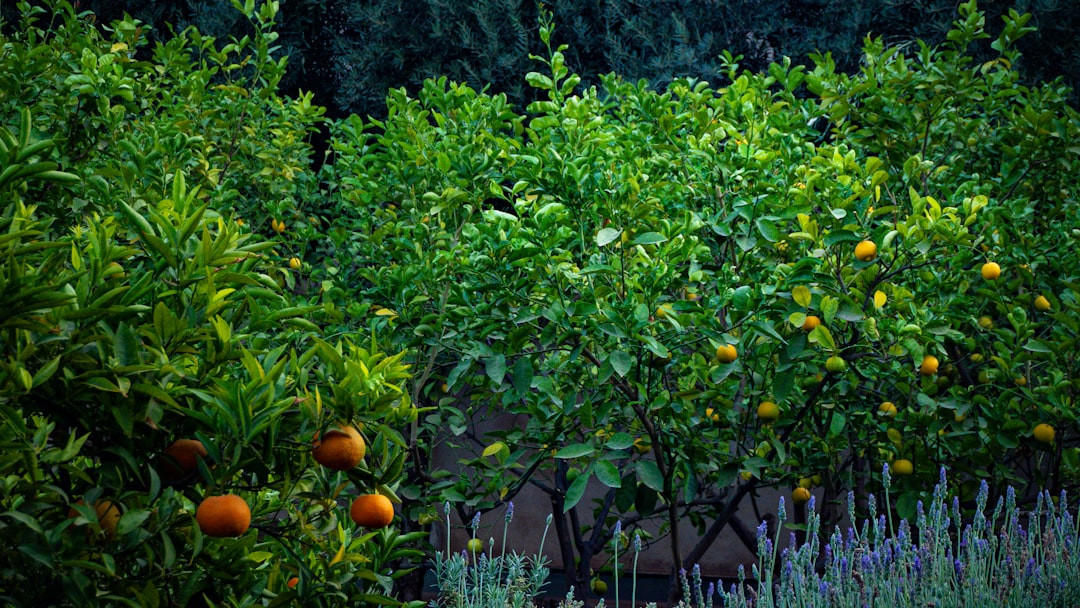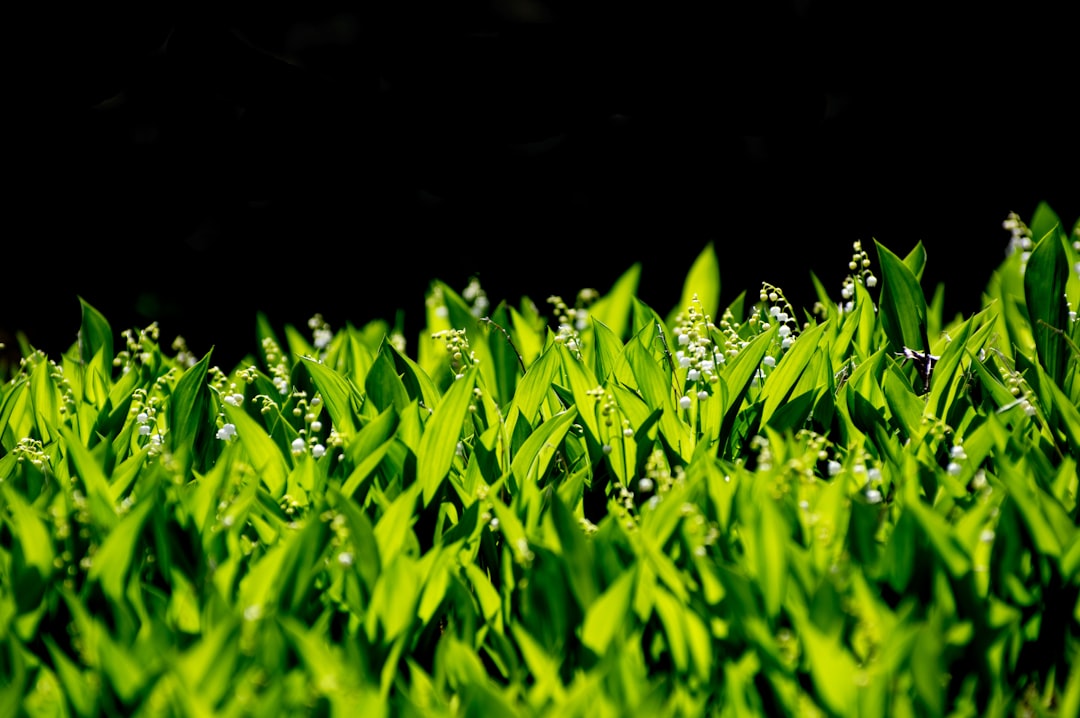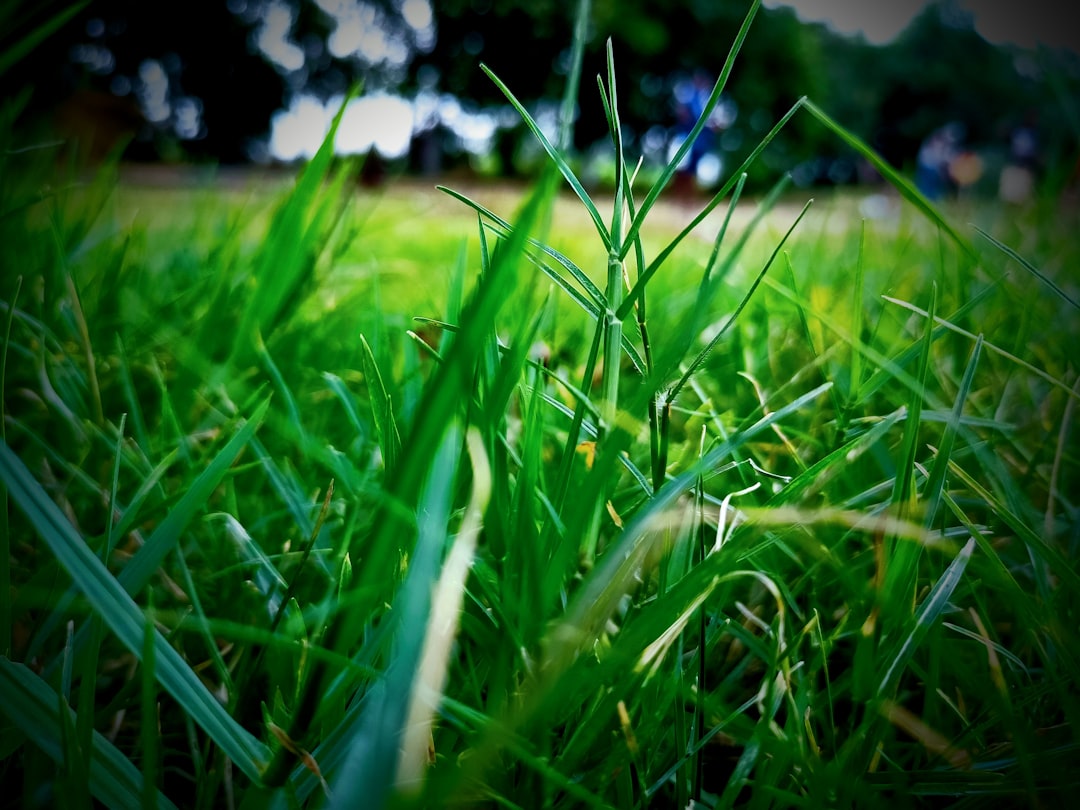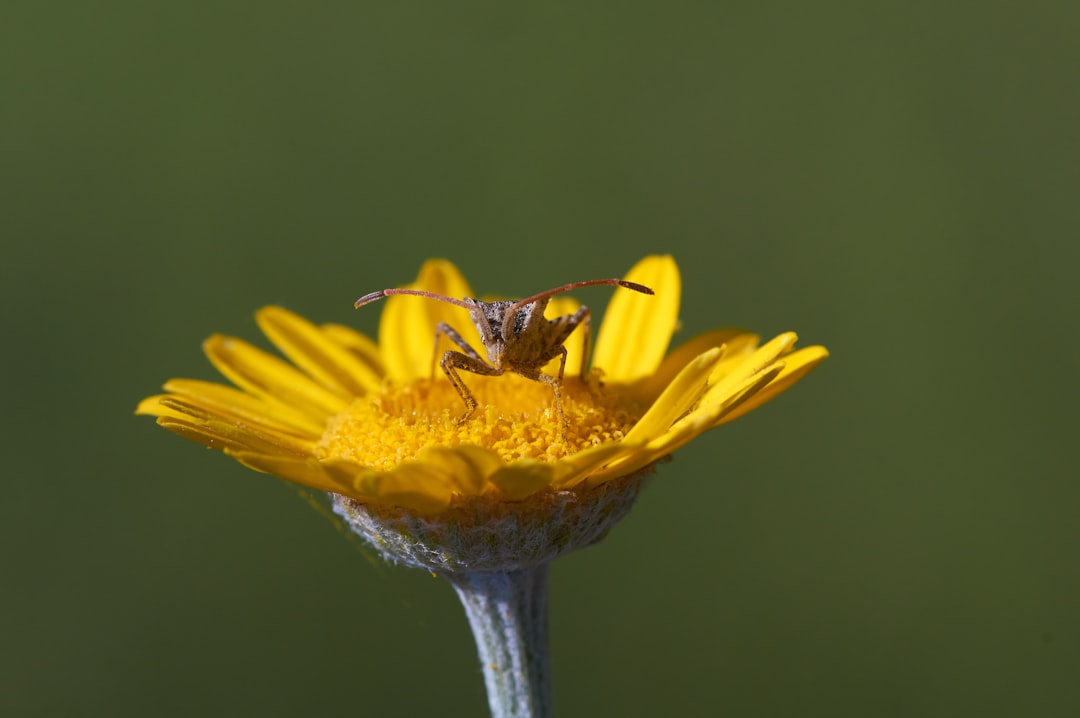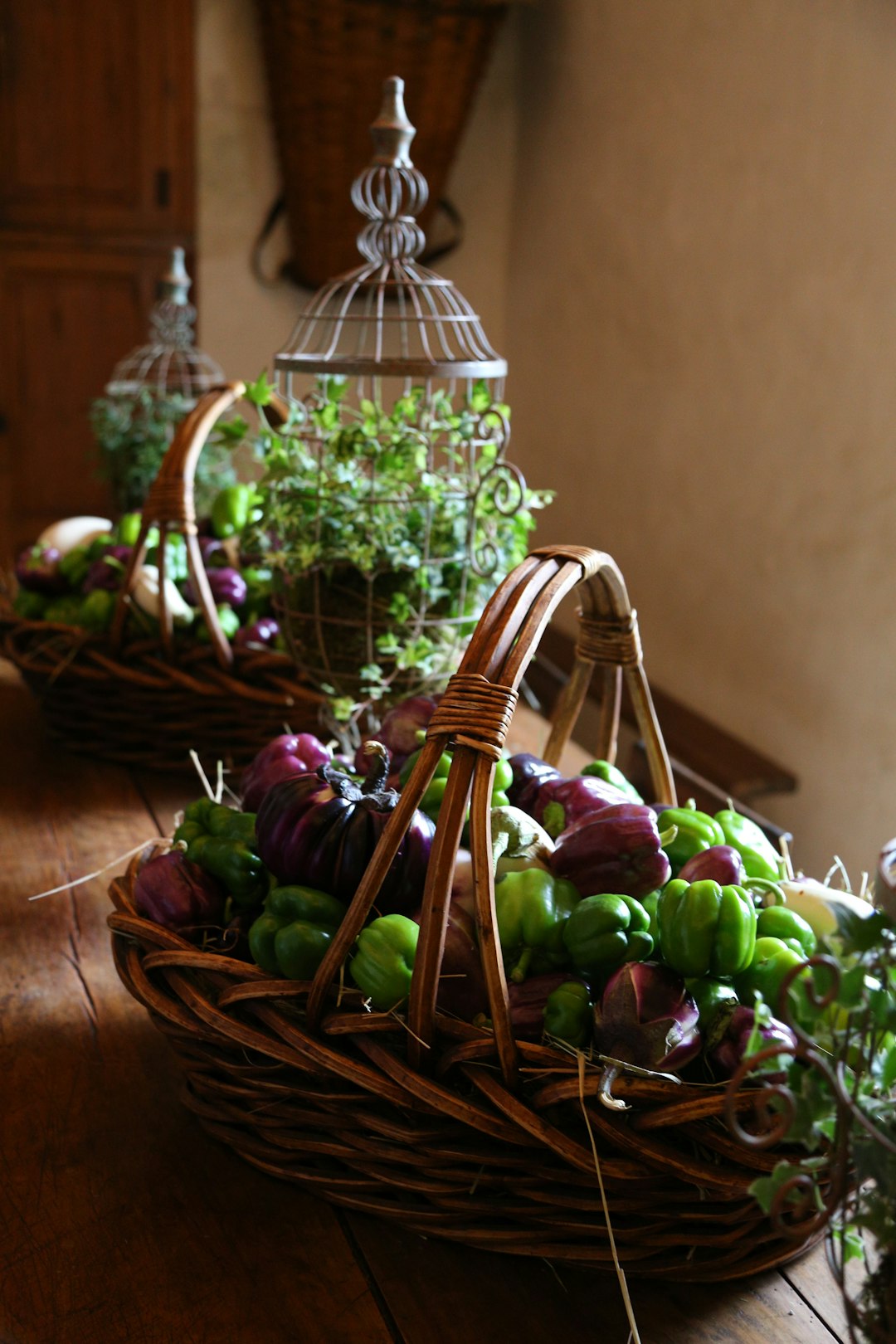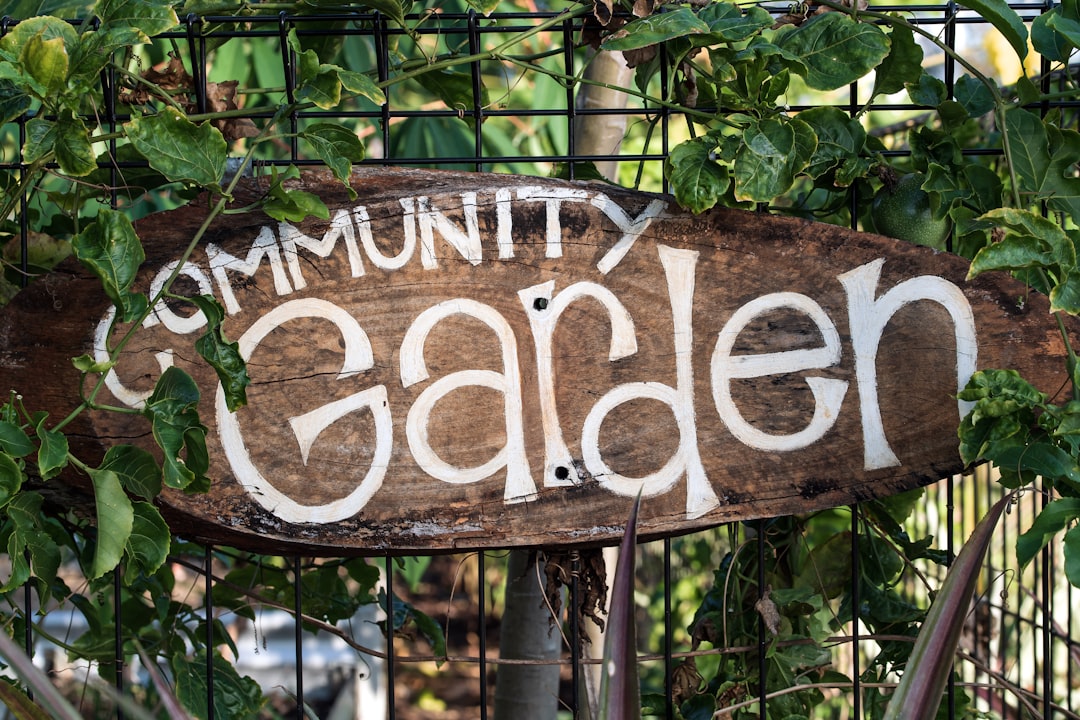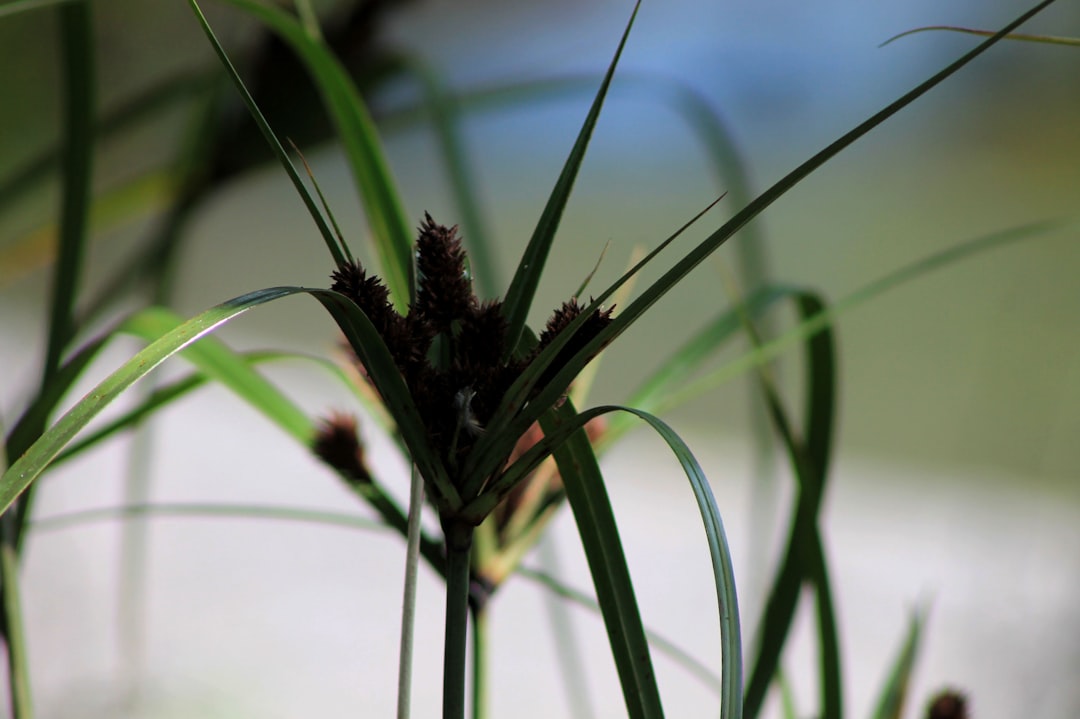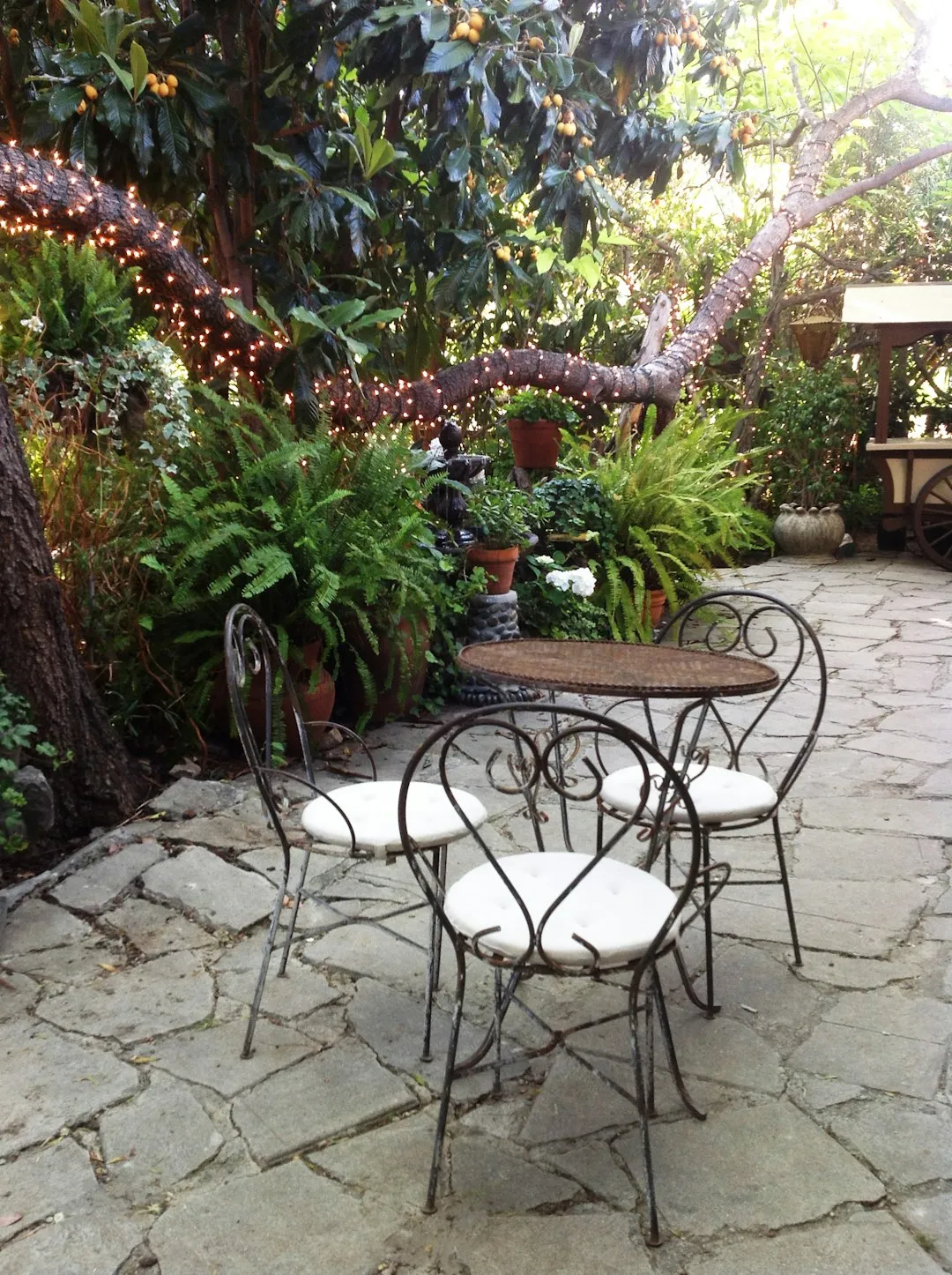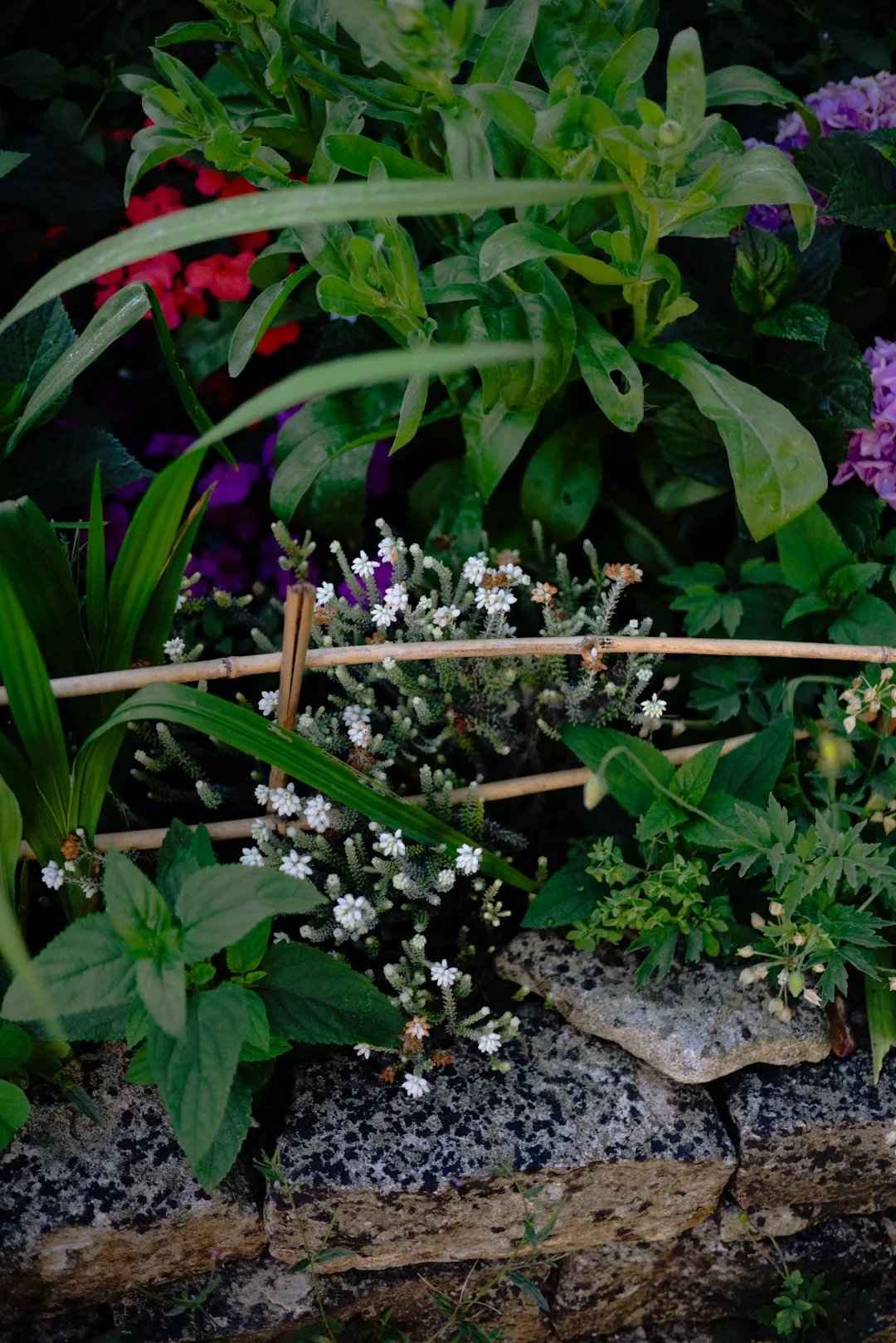
Annual flowers bring a burst of color and life to any garden, and among them, honeywort stands out as a remarkable choice. Native to the Mediterranean, honeywort is a fast - growing annual that offers a unique aesthetic appeal with its leathery gray - green foliage and blue - to - purple bracts. In this article, we will delve into the world of honeywort gardening, exploring everything from its characteristics to the steps involved in growing it successfully.
### Characteristics of Honeywort
Honeywort, scientifically known as Cerinthe major, belongs to the Boraginaceae family. Its most distinctive feature is its foliage. The leaves are thick, leathery, and have a beautiful gray - green hue. This color not only adds an element of sophistication to the garden but also provides a lovely contrast to the brightly colored flowers of other annuals. The blue - to - purple bracts that surround the small, tubular flowers are truly eye - catching. These bracts are often mistaken for petals, and they give the plant a showy appearance that can last throughout the growing season.
The plant typically grows to a height of about 1 to 2 feet, making it suitable for both the front and middle of flower beds. It has a bushy growth habit, which means it can fill in spaces nicely and create a full - looking garden display. Honeywort is also known for attracting pollinators such as bees and butterflies. The tubular flowers are rich in nectar, making them a favorite among these beneficial insects. By planting honeywort in your garden, you are not only adding beauty but also contributing to the local ecosystem.
### Choosing the Right Location
One of the first steps in honeywort gardening is selecting the appropriate location. Honeywort thrives in full sun to partial shade. In areas with hot summers, a location that receives some afternoon shade can be beneficial to prevent the plant from getting too stressed. The soil should be well - drained. Honeywort does not like to sit in waterlogged soil, as this can lead to root rot. A loamy or sandy soil with a pH level between 6.0 and 7.5 is ideal. If your soil is heavy clay, you can improve its drainage by adding organic matter such as compost or well - rotted manure.
### Starting from Seeds
Honeywort is usually grown from seeds. You can start the seeds indoors about 6 to 8 weeks before the last frost date in your area. Fill a seed tray with a good quality seed - starting mix. Moisten the mix before sowing the seeds. Place the seeds on the surface of the soil and lightly press them in, but do not cover them completely as they need light to germinate. Keep the soil consistently moist but not soggy. Place the seed tray in a warm location, around 70°F (21°C). The seeds should germinate within 7 to 14 days.
Once the seedlings have developed their first true leaves, you can transplant them into individual pots. Continue to grow them indoors until all danger of frost has passed. When transplanting the seedlings outdoors, space them about 12 to 18 inches apart to allow for proper air circulation and growth. If you prefer, you can also direct - sow the seeds outdoors after the last frost date. Simply scatter the seeds on the prepared soil and lightly rake them in.
### Care and Maintenance
Watering is an important aspect of honeywort care. During the growing season, water the plants regularly, especially during dry spells. However, make sure not to over - water. A good rule of thumb is to water when the top inch of soil feels dry. Fertilizing is also beneficial. You can apply a balanced, slow - release fertilizer at the time of planting. Additionally, a light application of liquid fertilizer every few weeks during the growing season can help promote healthy growth and abundant flowering.
Deadheading, or removing the spent flowers, can encourage the plant to produce more blooms. As the flowers fade, simply snip them off at the base. This not only keeps the plant looking tidy but also redirects the plant's energy towards new growth and flower production. Honeywort is generally pest and disease - resistant. However, keep an eye out for common garden pests such as aphids and spider mites. If you notice any infestations, you can use an insecticidal soap or neem oil to control them.
### Companion Planting
Honeywort makes an excellent companion plant. It pairs well with other annuals such as petunias, marigolds, and zinnias. The gray - green foliage of honeywort provides a nice backdrop for the bright colors of these flowers. It also attracts pollinators, which can benefit the entire garden. In addition, honeywort can be planted near vegetables in a vegetable garden. The pollinators it attracts can help with the pollination of vegetable crops, leading to better yields.
In conclusion, honeywort is a wonderful addition to any annual flower garden. Its unique foliage, beautiful bracts, and ease of care make it a popular choice among gardeners. By following the steps outlined in this article, you can successfully grow honeywort and enjoy its beauty throughout the growing season. Whether you are a beginner gardener or an experienced horticulturist, honeywort is sure to bring a touch of the Mediterranean to your garden.

